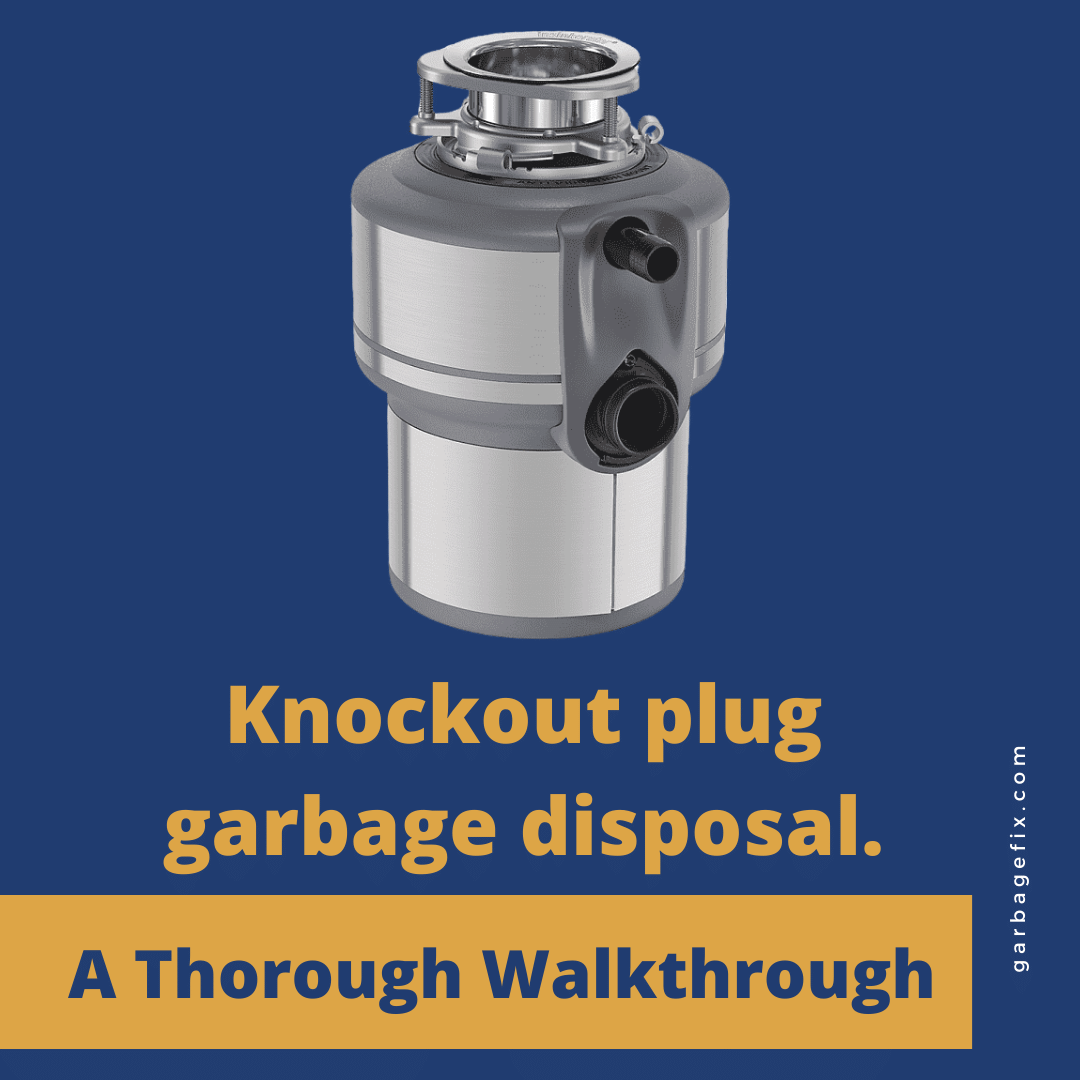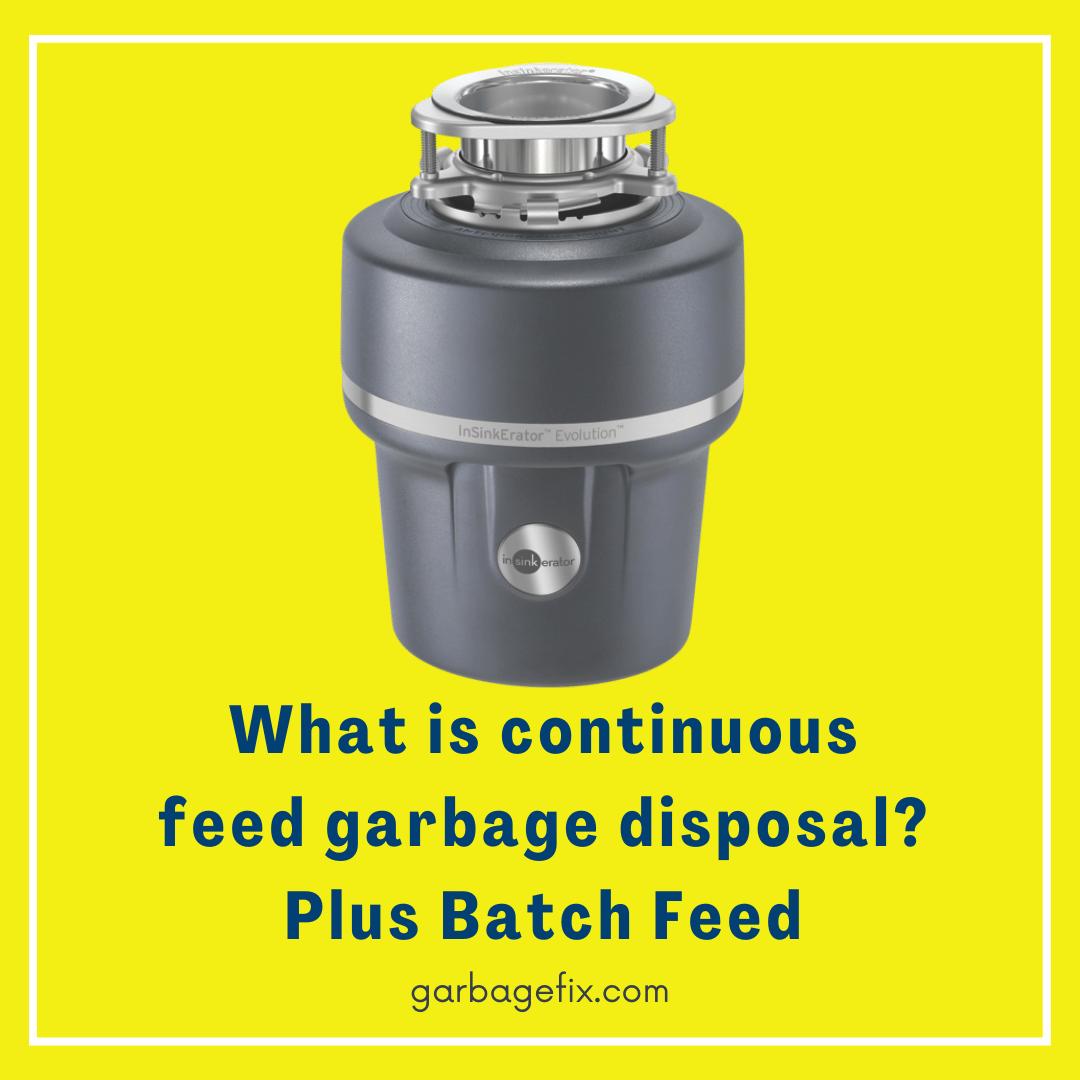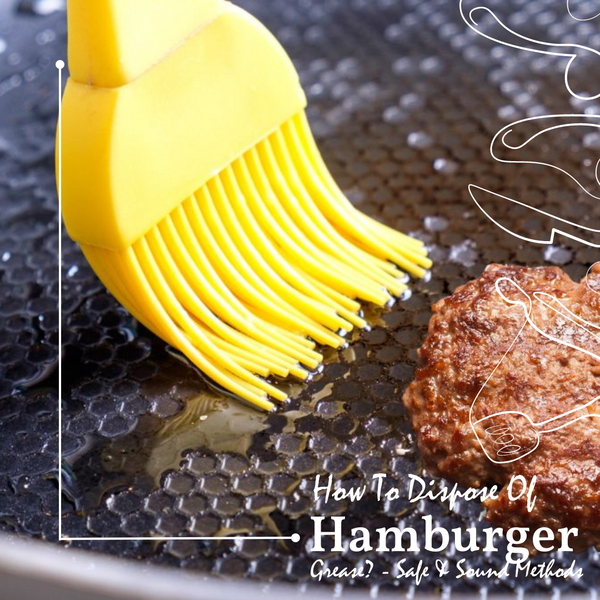Learning the differences between continuous feed and batch feed models might help you decide which unit type of garbage disposal is best for your home. Trash disposals are distinguished into two types: batch feed disposals and continuous feed disposals.
You may wonder which one and why to choose, given that both offer advantages and disadvantages. Let us help you out so that you can understand what continuous feed garbage disposal and what is batch feed garbage disposals.
What Is Continuous Feed Garbage Disposal?
Continuous feed garbage disposal
You can throw food scraps into a trash disposal that accepts continuous feeds while running. You can throw scraps in "continuously" to avoid waiting for the grinding operation to finish between batches.
The majority of North American residences employ continuous feed trash disposals. Our recommendations are largely for continuous-feed models. Its simplicity is a fundamental element in its widespread use. Toss the food waste into the disposer, turn it on (typically with a flip switch), and the disposer does the rest, grinding it up into a fine powder.

Even while the garbage disposal is running, extra food waste may be put into it, resulting in less time spent cleaning and more time spent cooking. If you generate a lot of food waste, having disposal that can run continuously can save you time.
How Does A Continuous Feed Garbage Disposal Work?
Continuous feed is the most common choice and is utilized extensively in almost every family. Turning on the system is as simple as flipping a switch, after which everything is set in stone.
Turn on the power to activate continuous feed disposal. It only requires turning it on and tossing in the bits of food you don't want to smash into a fine powder while the cold water does the rest. The switch, which is in charge of activating continuous feed cycles, is frequently hardwired into an accessible wall outlet near the sink.
The ability to add leftover food to running activities makes continuous feed cycles so appealing. Because the grinding activity never ceases, it is referred to as a continuous feed waste disposal. To finish the day's job, throw in all your food scraps, let the machine process it and turn the switch off.
Continuous feed disposals are popular because users may leave them running in the background while they attend to other matters. You save time and work because you can go about your day while the grinding is done.
Pros.
- This is the best option if you need to get rid of a lot of trash quickly. This is because it can be engaged at any time, regardless of the amount of garbage in its Tank.
- To keep your work area clean, put food scraps and other waste down the garbage disposal as you make meals.
- Continuous feed trash disposal devices are more prevalent than batch feed trash disposal units due to their cheaper cost.
Cons.
- The motor of a continuous feed garbage disposer would run the entire time you dumped trash down the drain, which could result in catastrophic finger injuries.
- Water use is also a small issue. You can see why manufacturers recommend using cold water with this type; otherwise, your utility bills will explode.
- When deciding between these two garbage disposal types or options, your top objectives should be the amount of waste, safety, and cost. You must now select the one that best fits your current scenario.
Batch Feed Disposal
As the name suggests, a batch feed trash disposal is a waste management system that treats food scraps in parts or batches.
How Does a Batch Feed Garbage Disposal Work?
Food scraps are handled in batches of fewer cups for batch feed garbage disposals. When the chamber of the disposal unit is full of leftovers, a stopper or a plug is fitted into the tank's aperture.
To activate the device, twist and press the stopper down. When the grinding process is complete, the lid is opened, and the disposal is turned off. If more waste needs to be pulverized, You must repeat the process.
Pros.
- This device has a stopper or covers to prevent debris from becoming caught in an open space.
- This is the best option if you don't have to dispose of a lot of waste.
- A batch feed disposer is significantly safer than a continuous feed disposer because it requires the operator to fill the chamber and shut the aperture before turning on the machine, preventing unintended clogs from foreign objects.
Cons.
- Larger waste will require more time and work to remove from your sink.
- Filling the chamber with trash and deferring the grinding procedure until you have more time may sound appealing, but it might pose health problems if the food within begins to deteriorate. This will attract pests and diseases.
The Main Difference:
The primary distinction between batch and continuous feed disposal systems is the ability to take garbage while running. While extra trash cannot be introduced to a batch feed disposal until the grinding process is completed, The user can add it at any time to a continuously operating disposal. Learning how different models differ will help you choose the ideal trash disposal for your home.









